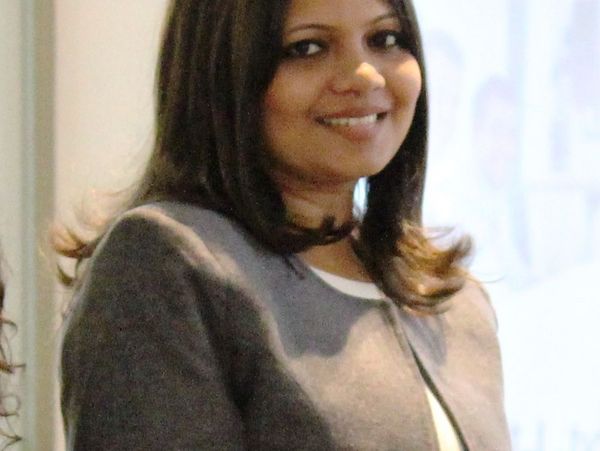Here’s a test how do you feel about an individual…
Who owns a gun? Who is an Atheist? Who is not wealthy? Who has a tattoo? Who doesn’t eat meat? Who doesn’t believe in marriage? Who doesn’t speak English? Who is disabled? Who love cats?
Can you feel your brain sorting people into groups? Was there a little Them versus Us happening? It can happen unconsciously.
New research from the field of neuroscience and social psychology has shred some lights on the concept of unconscious bias but what exactly is unconscious bias and how does it affects our decisions and behaviour?
Research tells us that human beings have a natural tendency to place individuals into social categories.
The categories are often based on visual clues such as GENDER, CULTURAL BACKGROUD, AGE, HEIGHT, BODY SIZE. We also categorize individuals into SOCIAL BACKGROUNDS, RELIGIOUS IDENTITY OR POLITICAL AFFILIATION. The unconscious brain uses social assumptions to develop biases, for example if we are constantly exposed to women as primary school teacher or receptionist and men as plumbers or organizational leaders these associations become wired in our human brain.
Our conscious brain which works on facts and data has very little capacity and processes slowly, whereas our unconscious brain is habit and intuition driven with huge capacity and has the ability to recognize patterns and things into categories allowing them to deal with all the known and non dangerous issues and keep only those unknown and dangerous issues to the conscious brain. This allows us to recognize a pattern and act on it rather than to think about every interaction as if we were experiencing it for the first time. We easily conclude that a person using a IPhone to be richer than person using a ordinary phone. These assumptions we make are unfortunately often wrong, especially on matters which requires rational thinking. These experience act as social filters in which we make assessments and judgements on people around us.
When we categorize people our brains uses the affinity tool which is a hard wired preference to respond to people who look, sound, act like ourselves and vice versa.Which means these associations and biases are likely to be activated everytime we come across individuals. For example - Men might favour men and women might favour women, however we cannot belong to different groups. We all like to be in a group which is powerful which could mean that a woman may favour a man over a woman, that’s unconscious bias.
All of us have it and it colours our decisions without even we realizing it. Unconsious biases are those impressions which exist in our unconscious mind and unknowingly form our opinions about people.
We all have biases, we are aware of many of them but sometimes they are subconscious and reflect our cultural and social experiences, no matter how unbiases we think we are these aspects of human nature shapes by how we interact with people and how we make decisions, they are blind spots to our rational decision making and we are unware that it exists.
As one famous psychologist Daniel Kahneman said our brain is a machine to jump to conclusions, we make judgements within seconds of meeting someone of everything from their competence, to their friendliness to their honesty. If we do not counter these preconceptions we can make mistakes that jeopardize our working relations and hinder teamwork and creativity.
We work in a diverse society we must be aware that our unconscious biases and stereotypes can affect how we think and feel about people we come in contact with.
Unconscious bias makes a notional connection and creates short term and long term memories with people we come across by everytime categorizing them. Unconscious bias develops naturally from a very young age from the environment we grow up and experiences we are subjected to, this influences our perspective both consciously and unconsciously. How apparent we act and comment on an individual would influence our own personal opinions and views. This may create alternate facts.
Awareness is the step in the right direction to overcoming and preventing unconscious biases.
Different viewpoints can often lead to great ideas and synergy within the work place.Hiring someone based on the first impression is not a safe bet as the old saying goes “one should not judge a book by its cover” applies to the first impression. Even though someone may not wear the most expensive suit in an interview it has no correlation with the fact that they may be the most qualified person for the position.
“By the way when I mentioned suit did you assume that individual as a Man?”
There is no quick fix or cure for unconscious bias you have the power to influence how it affects you and your work environment. Productivity and success are the most important motive to improve your relationship with your current and prospective colleagues.
Intelligence doesn’t automatically protect us from unconscious biases. It is triggered and expressed with awareness. Learn what your unconscious biases are and consider a strategy to regulate these attitudes.
An opinion involving any sort of biases should be removed from the conversation regarding hiring or working with certain individuals. Give people an opportunity to show you who they are and not base prospective on any preconceived notion you have on someone.
Opening the doors and allowing true colours to be revealed will hopefully lead to great things and create an environment with diverse skills in the organization.
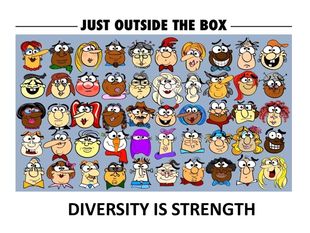
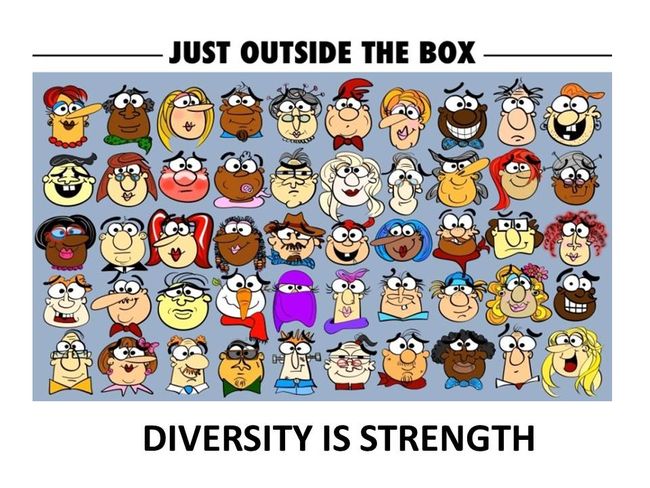
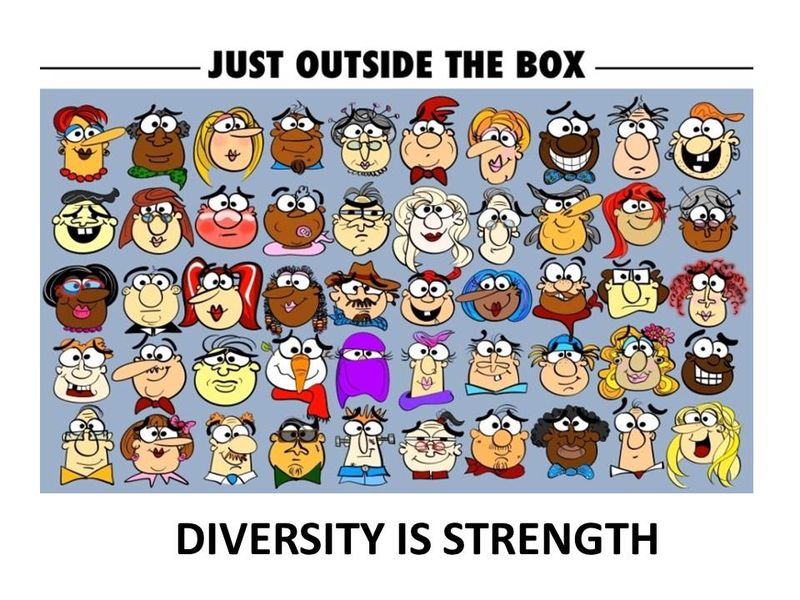
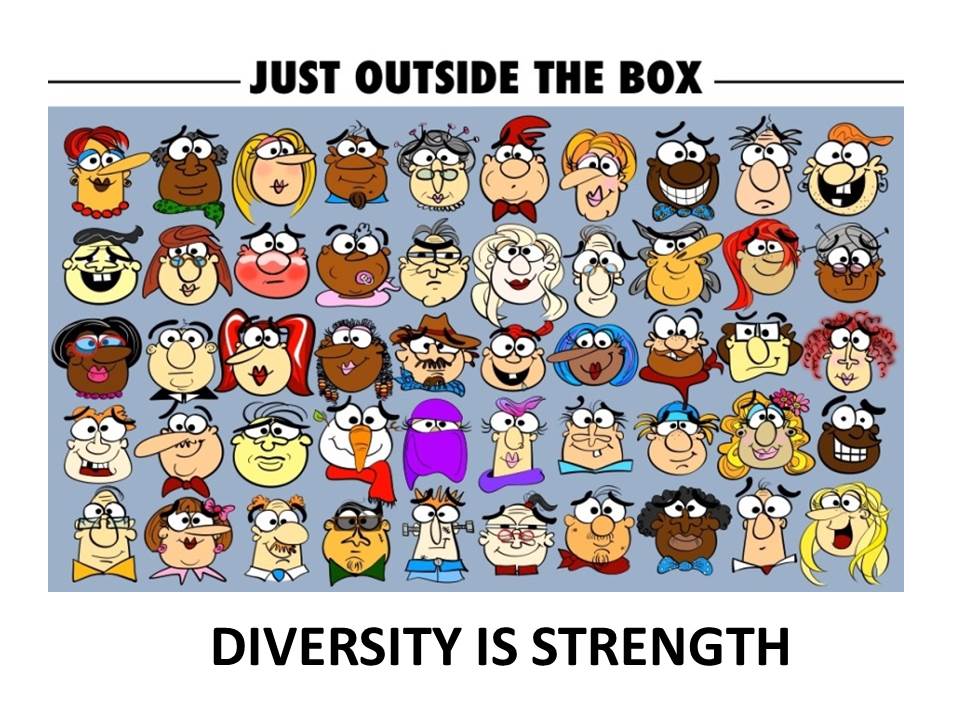
About The Author
